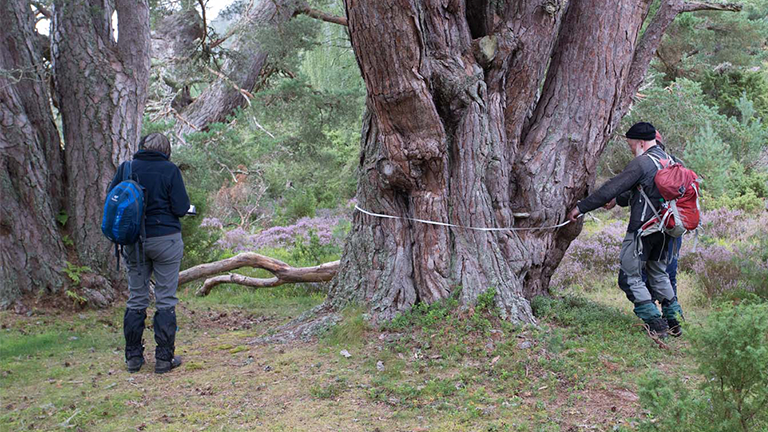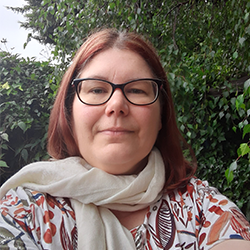Dr Kate Lewthwaite is the citizen science manager at the Woodland Trust, the UK’s largest woodland conservation charity. It has three main aims: to protect, restore, and create woodland. Kate and her team work with volunteers on several long-term citizen science projects.
Read the full interview with her to find out the citizen science projects they manage and how technology could improve the volunteers’ experience and citizen science future!

What citizen science projects does the Woodland Trust run?
The project that anyone can get involved in, via helpful guides online, is Nature’s Calendar. It collects data on phenology – the timing of natural seasonal events – and how they change as a result of climate change. Volunteers upload records including photos, to the website, the first time they see something that year, and note the date. This could be the first swallow, or oak tree leafing, or a tree dropping its leaves in autumn. It is a mass participation project, which has been running for 20 years, but is part of written biological records on phenology in the UK dating back to 1736! This was around the time the thermometer was invented, so volunteers are contributing to hundreds of years of evidence about climate change, building on the work of generations of scientists and citizen scientists. This is especially rewarding for volunteers who may feel somewhat helpless in the face of climate change and are worried about their children or grandchildren’s futures.
Why are the projects important?
Other notable projects are Ancient Tree Inventory, and Observatree. Ancient Tree Inventory asks volunteers and trained verifiers to contribute to a digital map of the locations of old and important trees in the UK. Work is ongoing, as we estimate that only 5-10% of these trees are currently mapped, and anyone can upload a record. The project helps to protect such trees, for example during planning applications. Some groups of trees have been protected by the designation of their locations as Sites of Special Scientific Interest. Lobbying by the Woodland Trust has also changed policy for development to better protect these trees.
Observatree is the newest project, led by Forest Research. Woodland Trust manages its volunteers, and asks a closed network of 200 highly trained volunteers to complete regular surveys for tree disease and pests.

Kate is very familiar with the power of citizen science, not least because Observatree volunteers were once tasked with recording the newly discovered invasive Oriental Chestnut Gall Wasp on a Friday, and had succeeded, a hundred miles from the first sighting, by Monday! Their work led to the discovery that the wasp had probably been present in the UK for several years, consequently changing conservationists’ approach to its management.
What does the future look like for citizen science?
When Kate first started working, the focus on citizens in science was on public understanding of science, which was much more passive. Now she sees so much potential for the future of citizen science, particularly now more people are willing to engage with it online.

Open source data sharing, such as MECODA is an aspiration. And concerns about the loss of species knowledge in younger generations compared to older generations, may be remedied by embracing ID technologies, such as AI – Naturalist. “This has got to be the way forward for future generations”.
Dr Kate Lewthwaite is the citizen science manager at the Woodland Trust.
To get involved with citizen science for trees, visit the Woodland Trust website.
To learn more about Cos4Cloud services for citizen science, visit the project’s website.

















